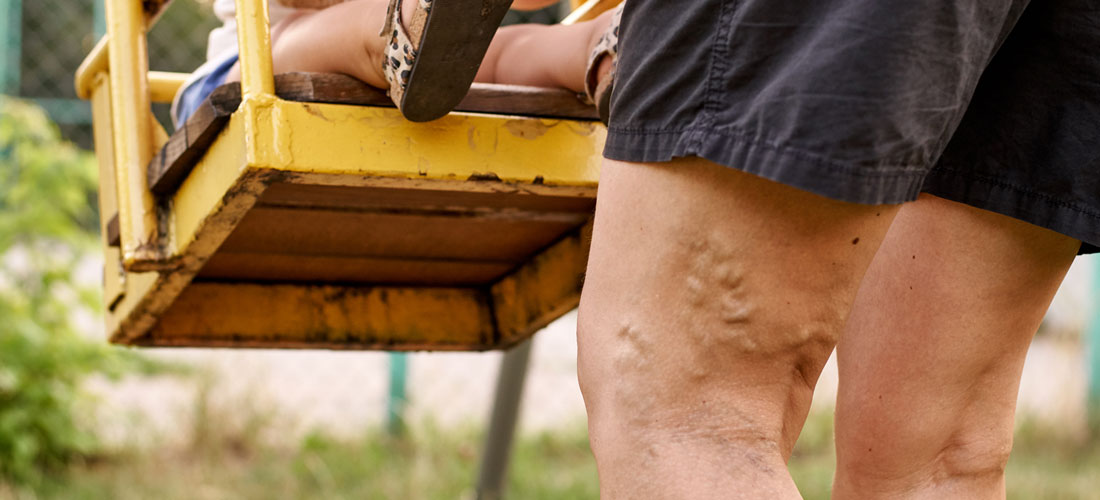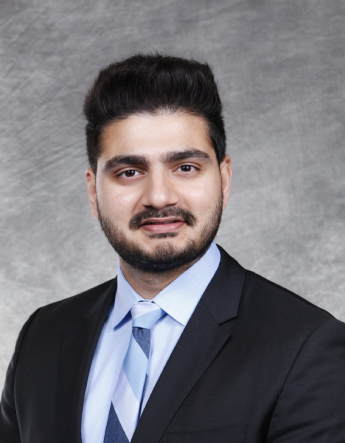Living with Varicose Veins: What Patients Need to Know

Varicose veins are rarely just a cosmetic annoyance. For many people, they bring swelling, heaviness, restless legs, or even chronic skin changes. Once they appear, the question usually becomes when to treat them and how. While surgery and laser therapy have been used for years, recurrence can happen. Newer methods like sclerotherapy, medical glue, and perforator ablation are expanding options. This blog brings clarity on why veins can come back, how doctors choose among treatments, and what long-term leg health looks like after treatment compared to leaving veins untreated.
Why Do Varicose Veins Come Back After Surgery or Laser?
Recurrence does not necessarily mean the original procedure failed. Veins are part of a complex network, and when one faulty vein is closed or removed, others can gradually become diseased.
There are three main reasons veins may reappear:
- Neovascularization: After surgical removal, tiny new veins can grow in the treated area and eventually dilate.
- Progression of vein disease: Chronic venous insufficiency is a long-term condition. Treating one section does not change the underlying weakness in vein valves elsewhere.
- Incomplete closure: In laser or radiofrequency ablation, if heat does not cover the full length of the diseased vein, some sections may remain open and continue to reflux.
Patient factors also matter. Family history, obesity, pregnancy, and long hours of standing can increase risk. In other words, surgery or laser deals with the visible issue but does not erase the tendency for new varicose veins to form. That is why recurrence rates, even in the best studies, remain significant.
How Do Doctors Decide Between Sclerotherapy, Glue, Perforator Ablation, Surgical Treatment?
Choosing the right treatment is less about doctor preference and more about matching the technique to the vein pattern. Ultrasound mapping is the foundation of this decision.
- Sclerotherapy: Ideal for smaller veins and residual branches. A chemical irritant is injected, which scars the vein shut. Best suited for cosmetic clusters or as a finishing touch after treating larger sources.
- Glue closure: A medical adhesive is used to seal the vein without heat. No tumescent anesthesia is required, and patients can walk immediately after. Often selected for people who want minimal downtime or who cannot tolerate thermal ablation.
- Perforator ablation: Targets the perforator veins that connect superficial to deep systems. When these become incompetent, they create high pressure that feeds varicosities. Ablating them can reduce recurrence.
- Surgical treatment: Still necessary in some complex cases, especially when veins are extremely large, twisted, or when endovenous access is not possible.
The choice is rarely one-size-fits-all. In many patients, a combination is used: closing the main faulty vein with ablation or glue, then clearing smaller branches with sclerotherapy.
| Treatment | Best For | Anesthesia | Downtime | Key Limitation |
|---|---|---|---|---|
| Sclerotherapy | Small veins, cosmetic branches | None or local | Same day | May need repeat sessions |
| Glue | Main superficial veins | Local | 1–2 days | Limited long-term data vs thermal ablation |
| Perforator ablation | Diseased perforators | Local | Few days | Not for cosmetic veins |
| Surgery | Very large/tortuous veins | Spinal/general | 2–3 weeks | Higher scarring and recovery time |
How Do Varicose Veins Affect Long-Term Leg Health if Treated vs Untreated?
The difference between living with untreated varicose veins and having them addressed can be dramatic over years. Untreated reflux keeps venous pressure high, which damages skin and soft tissue.
Over time, patients may notice:
- Darkening of skin around the ankle
- Thick, woody changes called lipodermatosclerosis
- Itching or eczema-like rashes
- Non-healing venous ulcers
These ulcers are painful, prone to infection, and difficult to heal once established. By contrast, timely treatment breaks the cycle. Closing the diseased vein redirects blood into healthy channels, lowering venous pressure. Skin changes can stabilize or even improve, and the risk of ulcers drops significantly.
A comparison makes the point clearer:
| Aspect | Treated Varicose Veins | Untreated Varicose Veins |
|---|---|---|
| Symptom relief | Achieved in most patients | Ongoing heaviness, swelling |
| Skin health | Stabilizes or improves | Progression to pigmentation, eczema |
| Ulcer risk | Reduced substantially | High, especially with age |
| Quality of life | Better mobility and confidence | Increasing discomfort, cosmetic concern |
Are Advanced Treatments Safe for Older Adults or Patients with Other Conditions?
Safety is a major concern, especially for patients with diabetes, peripheral artery disease (PAD), or heart problems. Traditional surgery carried higher risks for these groups due to anesthesia and longer recovery. Endovenous methods have changed that equation.
Radiofrequency ablation, glue, and sclerotherapy are usually performed under local anesthesia. Patients walk out the same day, and the risk of complications is lower. For those with diabetes, good blood sugar control is important to aid healing. Patients with PAD need a vascular assessment first, since arterial circulation must be adequate before closing superficial veins. In people with heart disease, short procedures with minimal anesthesia make advanced vein treatments far safer than surgery.
In practical terms, most older adults who were once told to “live with it” can now safely undergo treatment. The emphasis is on tailored planning, proper pre-procedure evaluation, and close follow-up.
How Do Doctors Track Success After Treatment?
Success is not judged only by whether the vein was closed on the day of the procedure. Doctors use a mix of imaging, patient feedback, and physical exam over months.
- Ultrasound: Confirms that the vein is sealed and that blood has rerouted properly. This is usually done at 1 month, 6 months, and 1 year.
- Symptom relief: Patients report reduced heaviness, less swelling, or disappearance of cramps. These subjective improvements are as important as imaging.
- Cosmetic outcomes: Branch veins shrink over time, and skin appearance improves. For many, this is the visible marker of success.
Doctors also watch for complications like deep vein thrombosis or nerve irritation, though these are rare. If symptoms persist, adjunct treatments like sclerotherapy may be added. The follow-up process ensures that treatment is not just technically complete but that it delivers the real benefits patients expect.
Why Choose RIVEA for Varicose Vein Treatment
At RIVEA Vascular Institute, the approach to varicose veins is centered on precision, safety, and long-term results. The department is led by Dr. Arjun Reddy, one of the leading interventional radiologists in South India. With extensive experience in advanced vein procedures, he ensures that treatment is both effective and patient-friendly.
The institute is equipped with advanced imaging technology, which allows accurate mapping of vein networks and safer interventions. Every patient undergoes a thorough assessment that includes ultrasound evaluation and risk profiling. Based on these findings, treatments are personalized, whether that means glue closure, perforator ablation, sclerotherapy, or a staged combination.
For patients worried about recurrence, RIVEA emphasizes structured follow-up. Ultrasound checks, symptom tracking, and additional sessions when needed all contribute to durable outcomes. The goal is not only cosmetic improvement but also healthier legs that remain active and free of complications for years to come.
Our Team
-

Dr. Karthik Mikkineni
MD, FACS, FSVS, RPVI
Dr. Karthik Mikkineni is an internationally recognized vascular and endovascular surgeon, known for his pioneering work in complex aortic interventions, limb salvage, and carotid disease management.
View Profile Book an Appointment